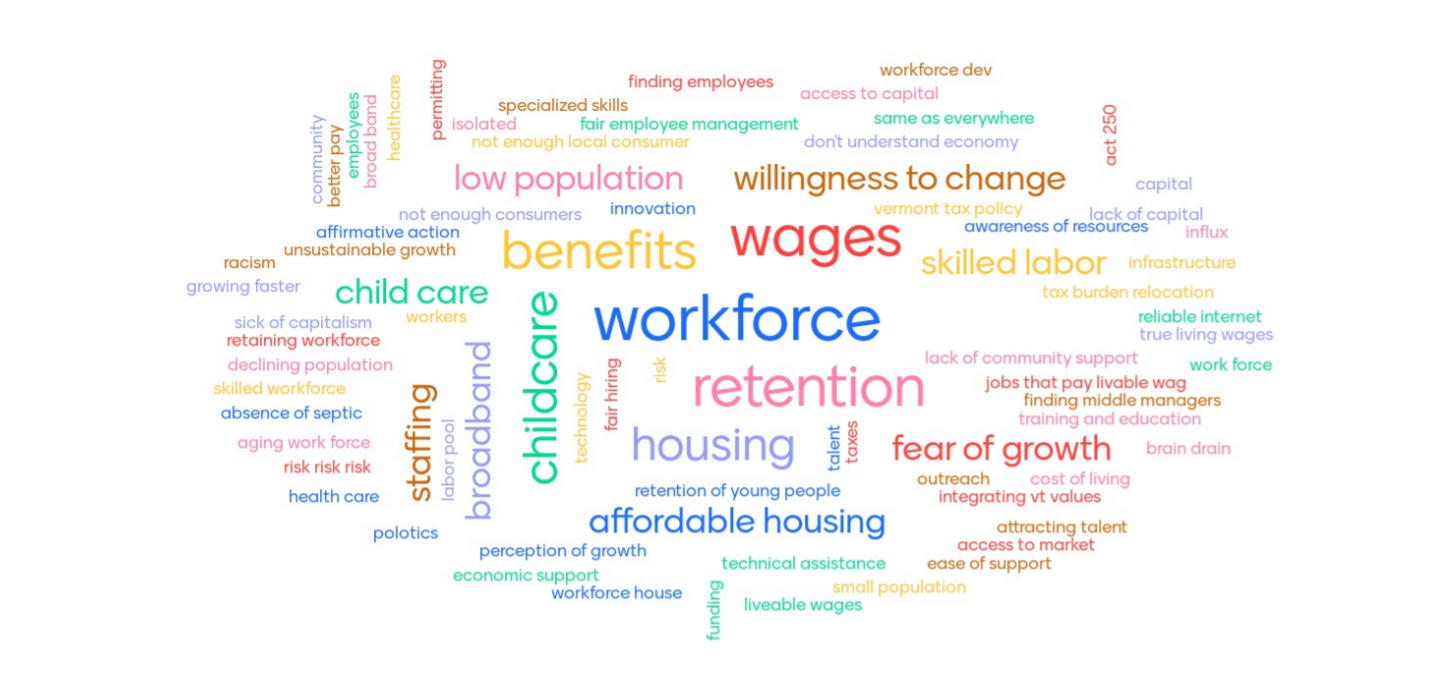
Market Segmentation
Market segmentation is the process of dividing the population into subsets based on identifiable homogenous traits to develop an appropriate strategy to target each of them. It is beyond ad development, and can be used to innovate/develop new products, structure pricing, choose distribution channels, determine market opportunities, …etc.
When we say market segmentation, the first thing that comes to mind is demographic traits, such as gender/gender-neutral, age, income level, education level, geographic area, …etc. However, these traits are no longer enough to frame marketing strategies. Many studies have proven that non-demographic traits also play a major role in market segmentation, example of these traits are value, taste, preference, attitude …etc.
Unfortunately, market segmentation is becoming more and more about characters in ads to which we, as viewers, can relate. While it feels nice to be “seen”, usually these ads do not necessarily push us to make a purchase. This method of market segmentation and targeting usually relies on what is known as “Psychographics”. As definition, psychographics is “study and classifications of people based on their values, attitudes, aspirations, and other psychological traits”. This classification may capture the truth about people’s lifestyle, but it does not predict what product category these people might purchase.
So, what makes good market segmentation?
- Finding patterns in your clients’ buying behaviors; through qualitative and quantitative research, you need to gather the right information to properly define that.
- If you are already in business, you can reexamine your sales data to reveal hidden customer patterns.
When explicitly recording, observing, and analyzing these data, you can create segments that will:
- Exhibit your company’s strategy.
Understanding what strategic decision would benefit from the data, guidelines, and hints the segmentation presents.
- Recognize profit sources.
Understanding which existing customers drive your profits is essential, but to grow revenues, you must understand the characteristics of your profitable clients and seek new customers that share the same traits (or a few of them).
- Classify customers’ values, attitudes, and beliefs in relation to specific products or services. Looking for non-demographic traits alone a.k.a. “psychographics” usually does not yield in a lot of results, however, they can be useful when linked directly to a product or service.
- Focusing on customers’ behaviors.
Understanding how clients would react to new products or new features through testing, analyzing, and asking for feedback on price and features would bring the ability to predict behaviors, and make adjustments that would retain current clients and bring new ones.
- Anticipate changes in market or client behavior.
An effective segmentation should be dynamic because it focuses on customer behavior (that change quickly) and is also affected by new technologies, economic fluctuations, and new market niches.
About BDCC Business Services
BDCC, non-profit regional development corporation serving southeastern Vermont, offers a suite of services, programs, and resources. We help at all business stages, from startup and growth, to reorganization and succession. BDCC’s business services are guided by the regional economic development plan (CEDS) to advance strategies that foster an entrepreneurial environment, support small businesses, increase access to capital, and build an inclusive and equitable economy. For more information please visit: https://brattleborodevelopment.com/



